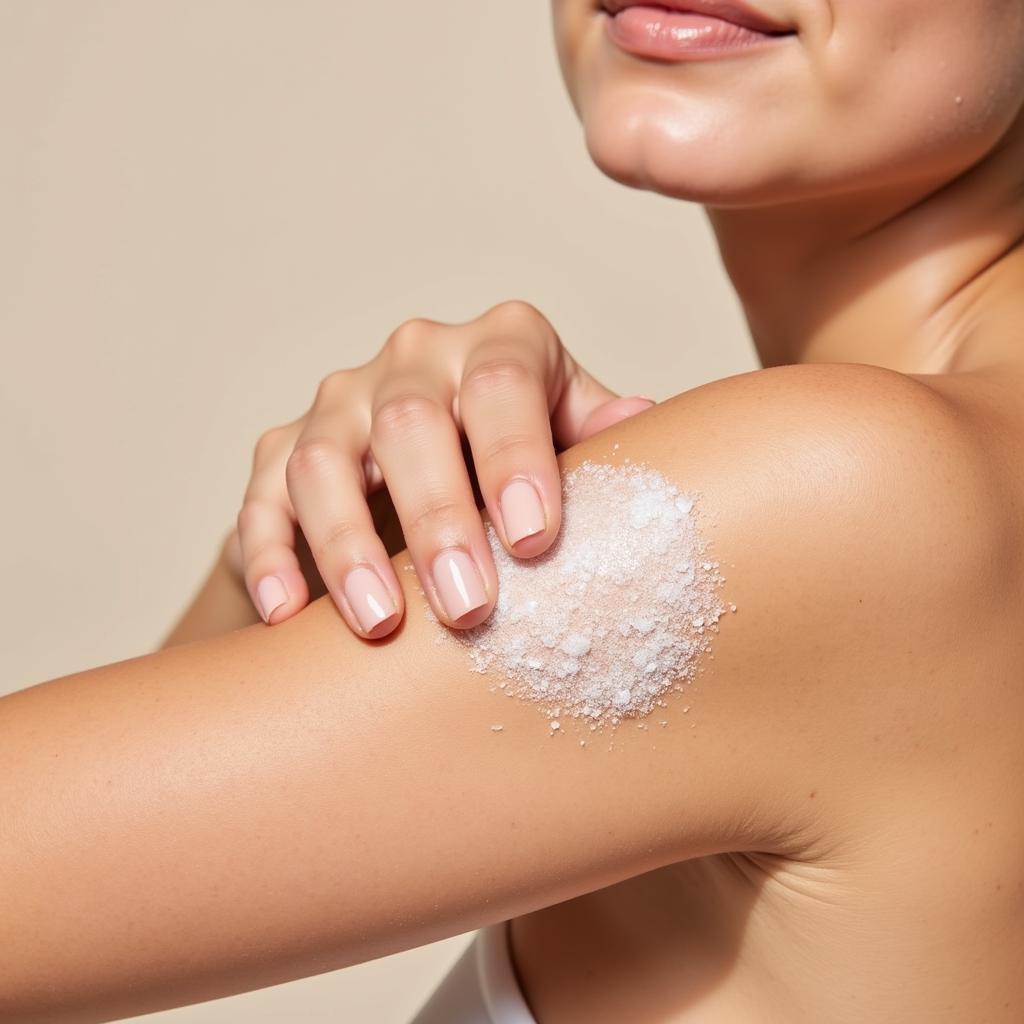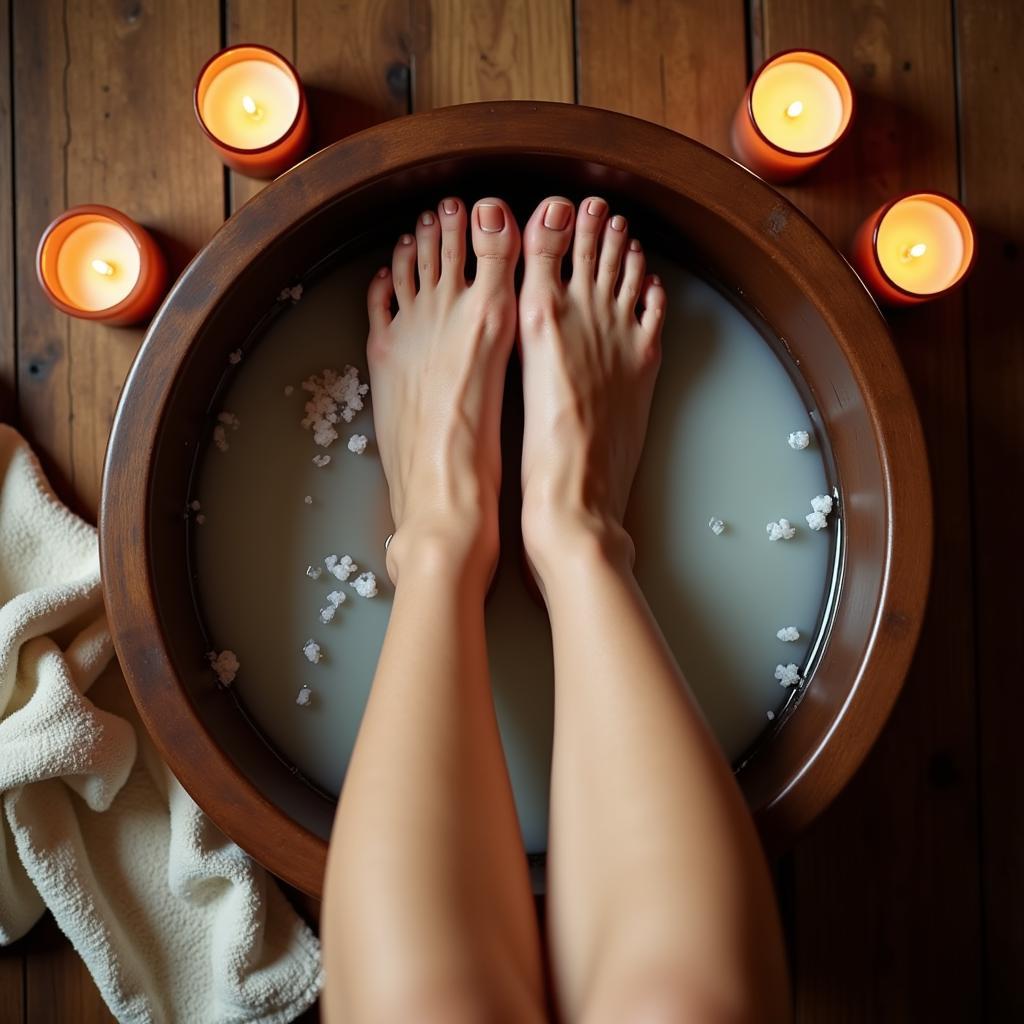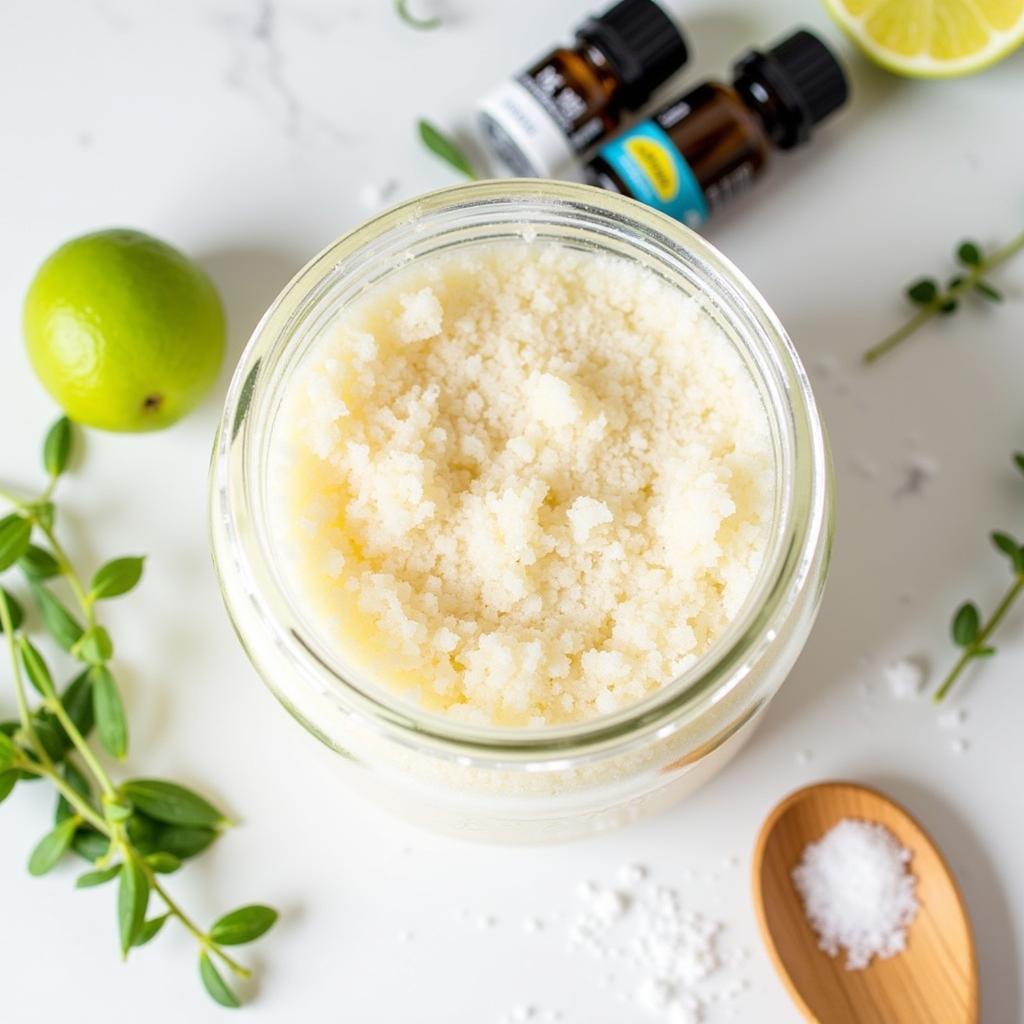Spa salt, more than just a bath additive, offers a wealth of therapeutic and cosmetic benefits. From soothing sore muscles to exfoliating dead skin, understanding the diverse Spa Salt Uses can elevate your self-care routine and enhance your overall well-being. Discover how incorporating spa salt into your beauty regimen can transform your skin and revitalize your senses. After reading this article, you’ll see how these versatile crystals can be much more than just a bath time luxury.
Exploring the Versatile Spa Salt Uses
Spa salts, derived from various sources like the Dead Sea or the Himalayas, are rich in minerals such as magnesium, calcium, and potassium. These minerals play a crucial role in skin health, muscle relaxation, and overall wellness. One of the most common spa salt uses is in bath soaks. Adding a cup of spa salt to warm bathwater can create a deeply relaxing experience, easing muscle tension and promoting a sense of calm. Beyond the bath, spa salt also excels as an exfoliant, gently removing dead skin cells and revealing smoother, brighter skin. Explore the following sections to uncover the myriad ways you can incorporate spa salt into your self-care rituals. Want to know more about other spa treatments? Visit our hand spa and foot spa page for more information.
How Can Spa Salt Benefit My Skin?
Spa salt’s exfoliating properties make it a powerful ally in achieving radiant skin. It effectively removes dead skin cells, unclogs pores, and reduces the appearance of blemishes. The minerals in spa salt also help to detoxify the skin, drawing out impurities and leaving it feeling refreshed and revitalized. Furthermore, spa salt can help to improve circulation, contributing to a healthy, glowing complexion.
 Spa Salt Skin Benefits
Spa Salt Skin Benefits
What are the Different Types of Spa Salts and Their Unique Uses?
From the mineral-rich Dead Sea salt to the delicate pink Himalayan salt, each variety of spa salt boasts unique properties. Dead Sea salt, known for its high mineral content, is particularly effective in relieving muscle aches and skin conditions like eczema and psoriasis. Himalayan pink salt, with its subtle mineral composition, is a gentler option suitable for sensitive skin. Epsom salt, though technically not a salt but a mineral compound, is renowned for its muscle-relaxing properties and is often used to soothe sore muscles and reduce inflammation. For a luxurious spa experience in the comfort of your home, try adding these salts to your bath or creating a soothing scrub. Want a full spa treatment? Check out our golden city spa.
How to Incorporate Spa Salt into Your Self-Care Routine?
Integrating spa salt into your self-care routine can be effortlessly simple. Adding it to your bath is a classic approach, but you can also create your own spa salt scrubs, foot soaks, or even hair treatments. For a rejuvenating foot soak, dissolve a handful of spa salt in warm water and soak your feet for 15-20 minutes. This can help to soften calluses, reduce foot odor, and alleviate foot fatigue.
 Spa Salt Foot Soak
Spa Salt Foot Soak
“Spa salt is an essential part of my self-care routine,” says Dr. Anya Sharma, a renowned dermatologist. “Its ability to exfoliate, detoxify, and mineralize the skin makes it a truly versatile ingredient for achieving and maintaining healthy, radiant skin.”
How Often Should I Use Spa Salt?
The frequency of spa salt use depends on your skin type and the specific application. For exfoliation, using a spa salt scrub once or twice a week is generally sufficient. For bath soaks, you can enjoy the relaxing benefits of spa salt two to three times a week. However, it’s important to listen to your body and adjust the frequency based on your skin’s response. For specific foot spa treatments, visit our page on conair foot spa with massaging bubbles & heat.
“Incorporating spa salt into your routine can dramatically improve the health and appearance of your skin,” adds esthetician, Michael Nguyen. “The key is to find the right type of salt and frequency that works best for your individual needs.”
 Spa Salt Body Scrub
Spa Salt Body Scrub
Conclusion: Embrace the Power of Spa Salt
Spa salt, with its diverse uses and therapeutic benefits, is a valuable addition to any self-care regimen. From relaxing soaks to invigorating scrubs, incorporating spa salt into your routine can transform your skin, soothe your muscles, and enhance your overall well-being. So, explore the many spa salt uses and unlock the secrets to a more relaxed and radiant you. For a truly transformative spa experience, consider visiting our full moon spa Informational, Transactional and esthetica spa.
FAQ
- Is spa salt suitable for all skin types?
- Can spa salt be used on the face?
- What are the potential side effects of using spa salt?
- How should I store spa salt?
- Can I mix spa salt with other bath products?
- Where can I buy high-quality spa salt?
- How can I make my own spa salt scrub at home?
Common Spa Salt Questions and Scenarios
- Dry Skin: If you have dry skin, limit spa salt use to once a week and follow up with a rich moisturizer.
- Sensitive Skin: Opt for gentler spa salts like Himalayan pink salt and avoid harsh scrubbing.
- Muscle Soreness: A warm bath with Epsom salt can provide significant relief from muscle pain.
Further Exploration
For more information on spa treatments and self-care practices, explore other articles on our website related to aromatherapy, massage therapy, and skincare routines.
Need Help?
For any assistance or inquiries, please don’t hesitate to contact us:
Phone: 0373298888
Email: [email protected]
Address: 86 Cau Giay, Hanoi.
We have a dedicated customer service team available 24/7 to assist you.